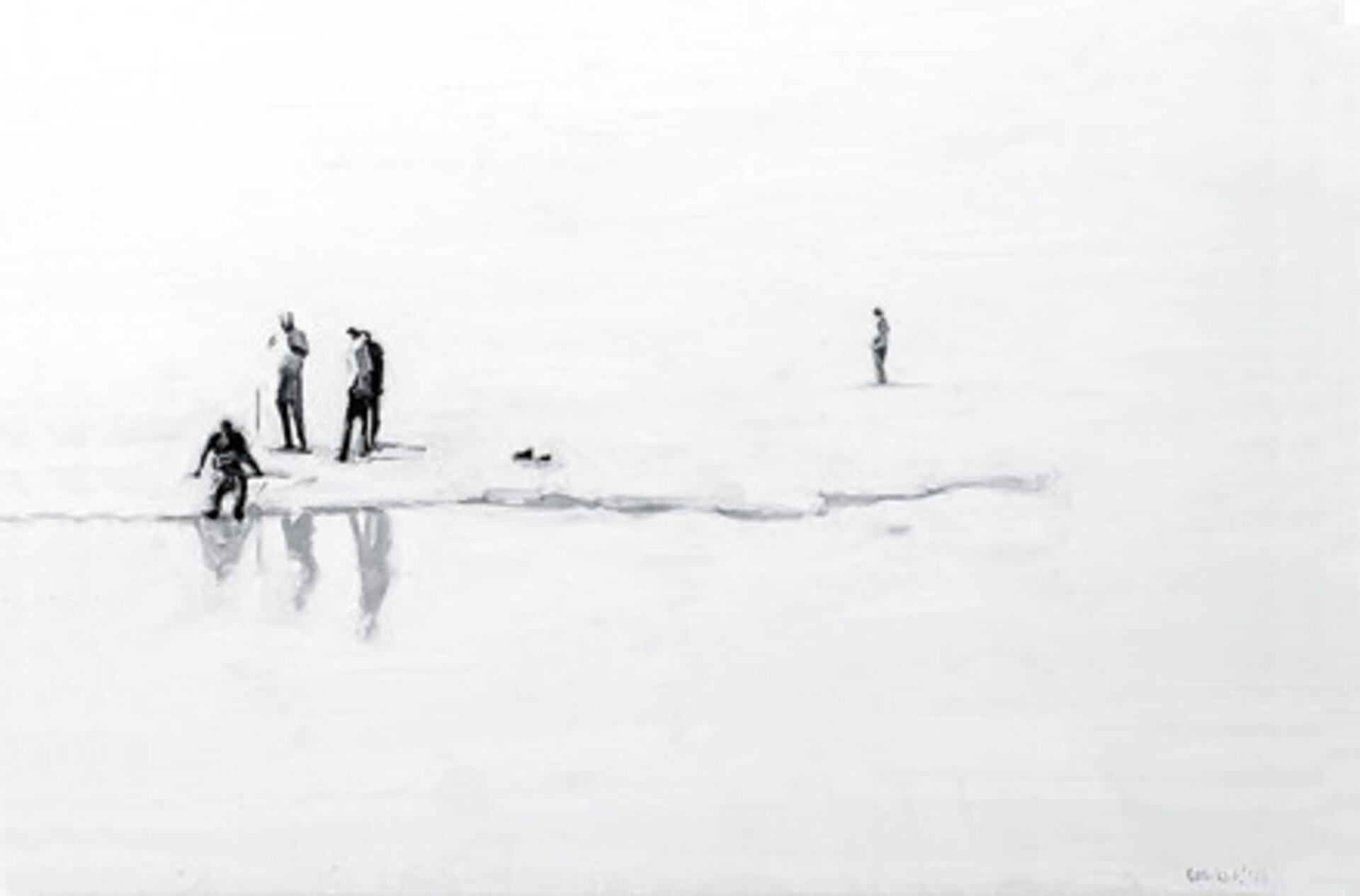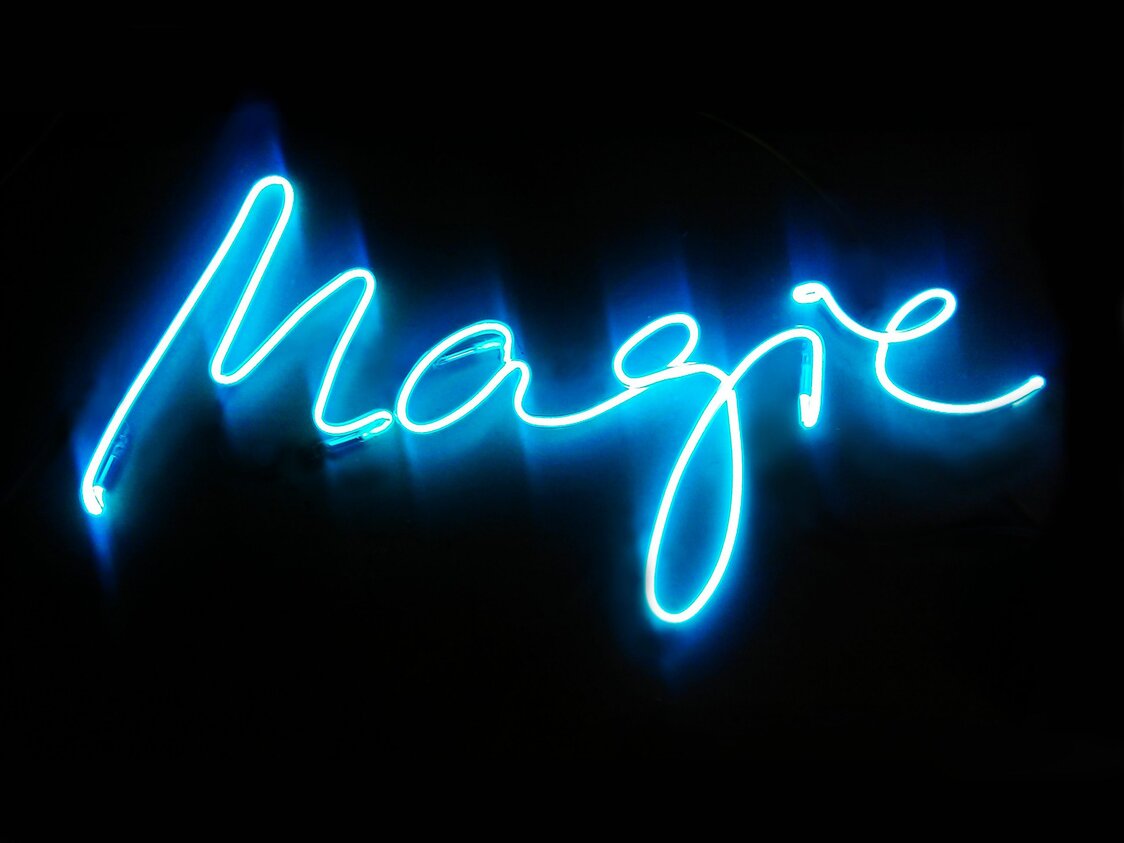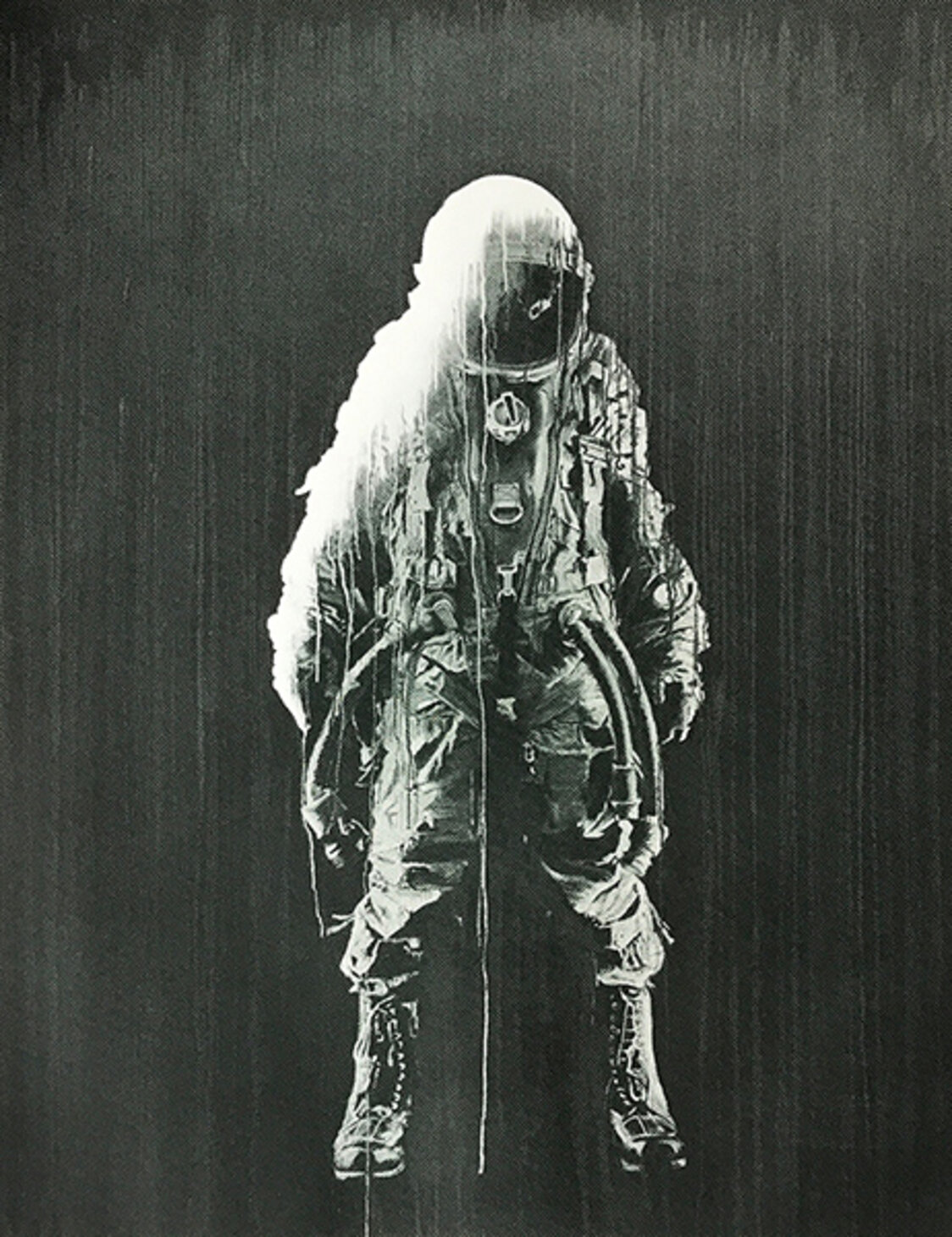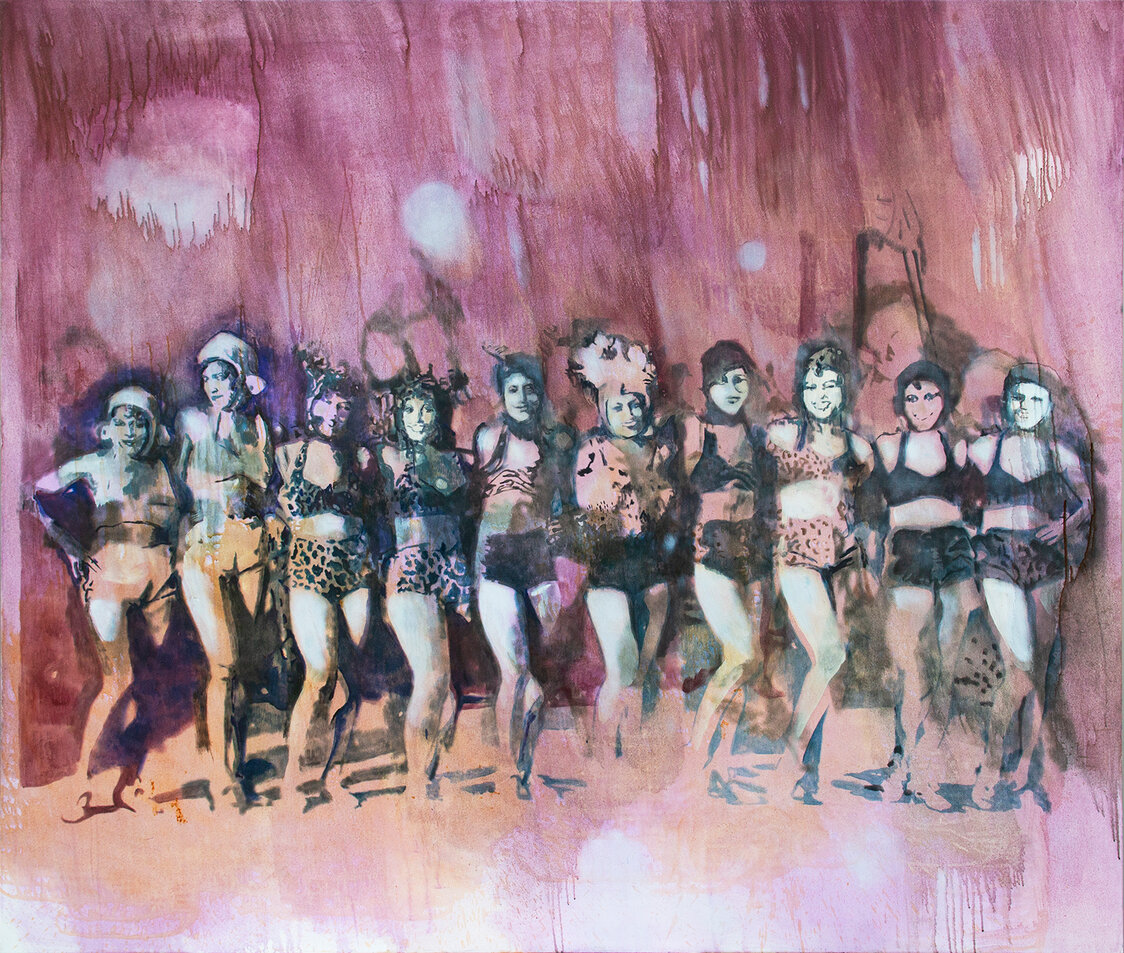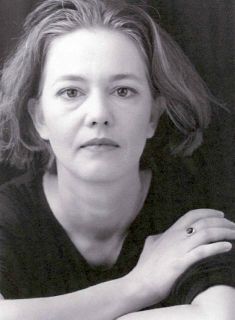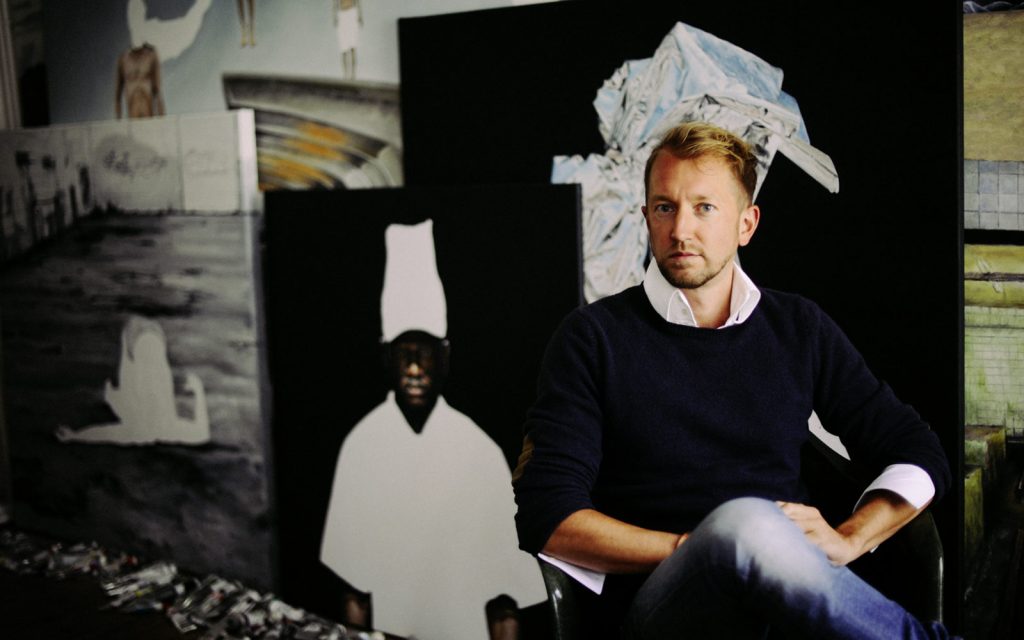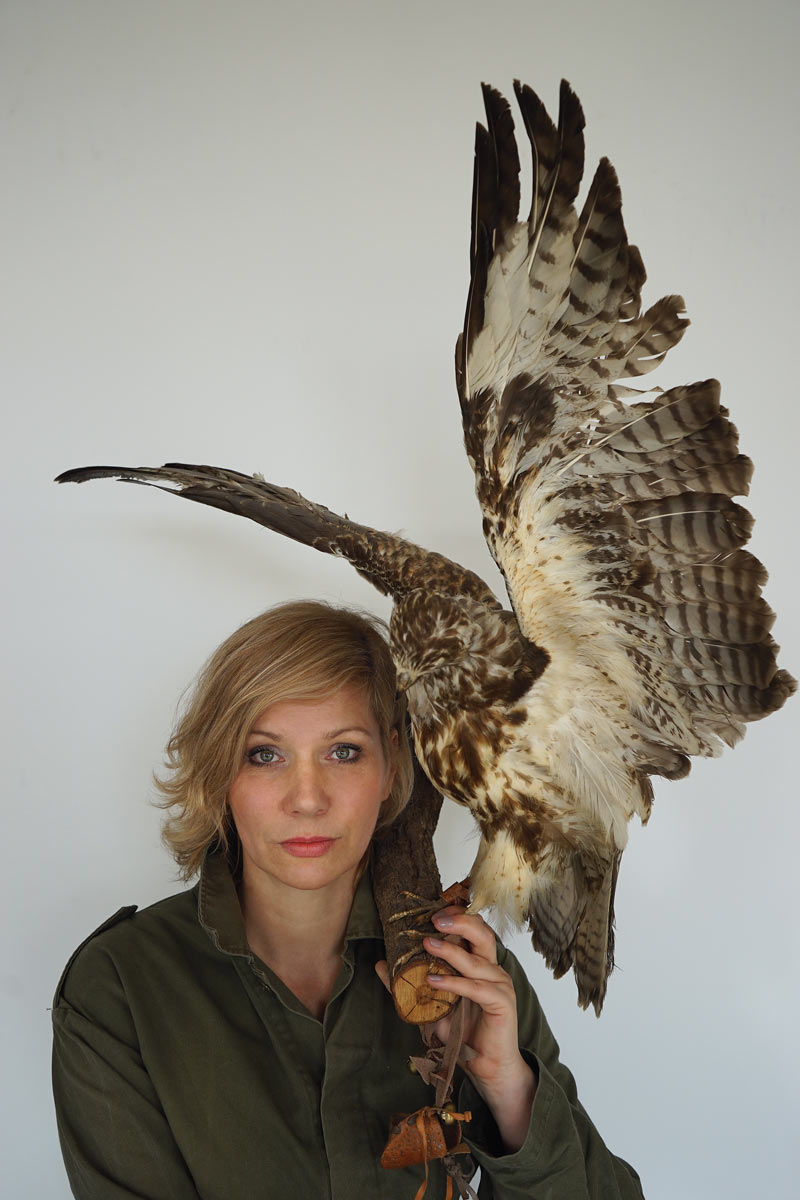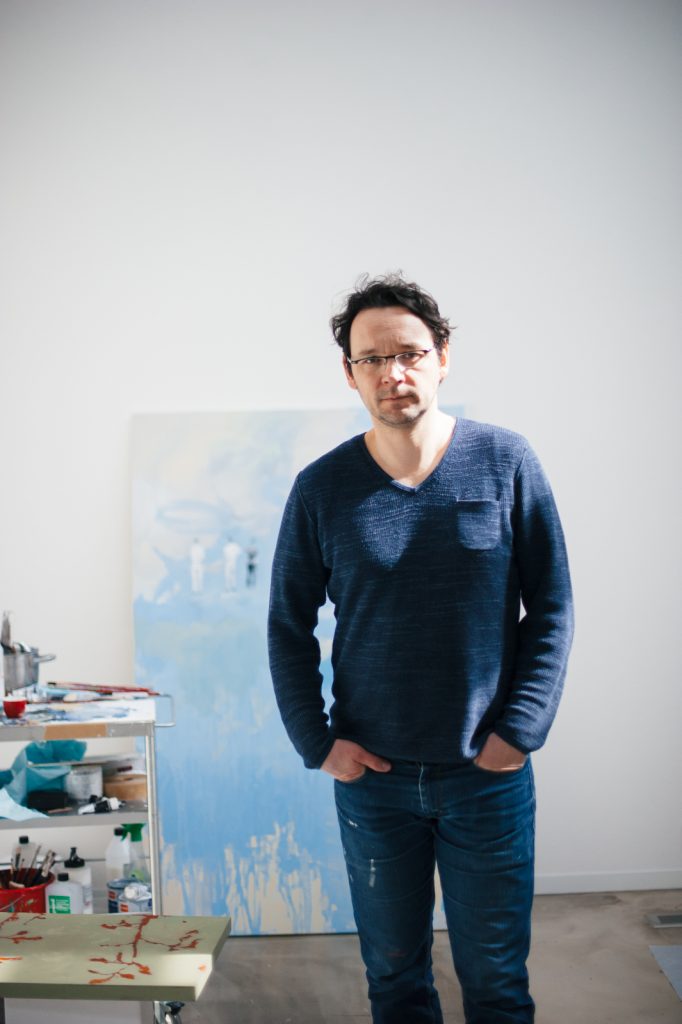This year's edition of POSITIONS Berlin will take place at Tempelhof Airport, booth B13. We are pleased to present four positions on 60 square meters:
- Gunda Förster: With permanent, architecture-related works in public spaces ranging from City Hall in Vancouver to the German Bundestag, the internationally renowned light artist (*1967) is one of the most important positions focusing on art in buildings. Since 2015, Förster has held a professorship for art in the context of architecture and design at the University of Applied Sciences Wismar. The artist is represented in various collections and has already been awarded several prizes. Further information can be found here.
- Miriam Vlaming: As a master student of Prof. Arno Rink, the important representative of the New Leipzig School (*1971) is a prominent graduate of the Academy of Visual Arts in Leipzig. At times she also studied with Neo Rauch. Vlaming is part of numerous public collections & museums such as the art collection of the Deutsche Bundesbank in Frankfurt. Currently, the catalog "Human Nature" has been published by Kerber Verlag and the artist is represented in important solo exhibitions. Further information can be found here.
- Constantin Schroeder: The Berlin painter, who was born in Hamburg in 1980, enters unreal and dreamlike pictorial worlds in his mostly large-format paintings, which are predominantly produced in a photorealistic manner, plumbing the depths of the unconscious and expanding the realm of experience limited by human logic through the fantastic and absurd. The focus is usually on the isolation of the individual. Schroeder searches for a reality of people's own in the unconscious and exploits dreams in the process. For more information, click here.
- Leszek Skurski: The artist, born in 1973 in Gdansk, shows boundless spatial worlds with a focus on individual, vaguely depicted persons. How to make tangible the galloping changes our societies are experiencing today? Skurski's figurative painting raises this question by rendering almost incidental scenes from everyday life. Although his works belong to representational painting, the people he sketches approach the abstract field. For more information, click here.
In addition, we are pleased to present in the section POSITIONS Academy with young positions Marco Stanke & Eyrich von Motz, who have already exhibited with us as part of our exhibition this year "PLAYGROUND".
